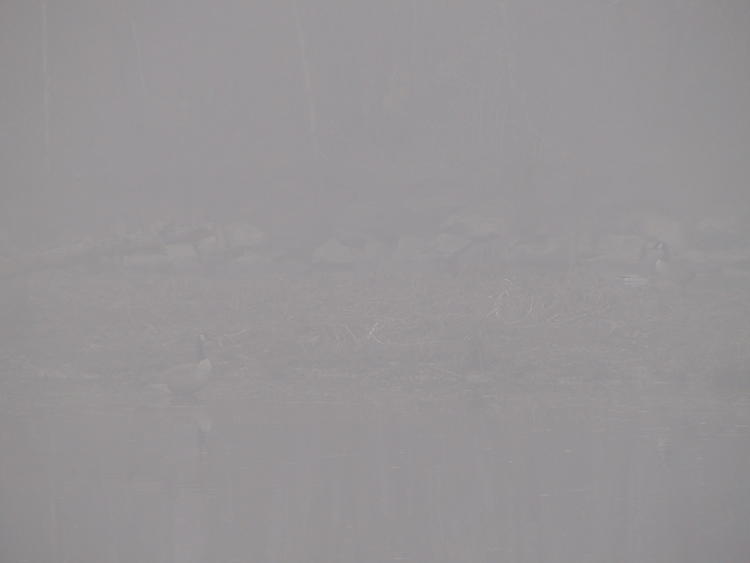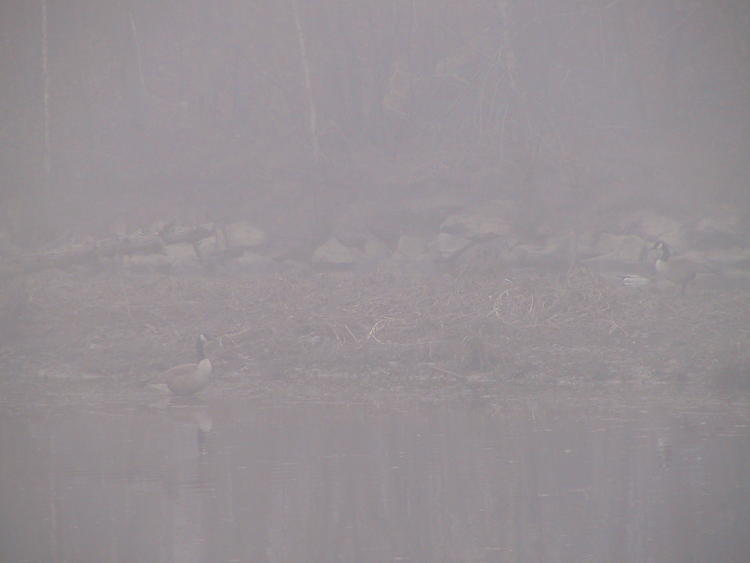First off, we’ll start with the calibration image. Below is an 18% grey ‘card,’ a fully-neutral image that camera exposure meters are specifically set for, representing the average in light levels for images. Adjust your monitor so that this appears to be the most medium-toned, colorless image that you can, and we’ll go to step two.

All set? Any imperfections now visible in the image are the fault of your own monitor or video driver, and should be dealt with accordingly.
Okay, fine, I’m lying, sue me. If your monitor is adjusted pretty well (and you’re not using a smutphone,) there should be something visible within the image. This is actually a mildly-modified version of an image that I’ve had sitting in my blog folder for quite a while now, originally brought in for long-forgotten purposes, that I played with a little to have something to post for the lean winter months. And then after I tweaked it, I checked the original date and realized that it would fit into an ‘On this date’ post in just over a week hence. So here we are.
Really, all I did was drop contrast a little from the original, which was shot in dense fog over a wetlands dam – the original looks like this:

But the bit about the 18% grey calibration is actually pretty accurate, because the camera adjusted exposure to meet this programmed standard – in reality, it was probably a bit lighter than this, but that’s really hard to say because it’s all relative, isn’t it? It all depends on how your eyes have adjusted and where you’re looking and how bad your hangover is and all that jazz. But if you’re looking hard, you should be able to see a pair of Canada geese (Branta canadensis) on a rocky shore. If you look very closely right alongside one of them, there’s evidence of a male mallard (Anas platyrhynchos) too, but it doesn’t show well at this resolution – it’s barely discernible at the full resolution version.
A quick word about 18% grey calibration. Cameras do not, of course, know what they’re seeing or what it’s supposed to look like, so they’re programmed to set exposure for the most common situations, the ‘average’ scene, which has a nice mix of highlights and shadows. There are plenty of situations – not this one – that do not fall into this average, and trusting the exposure meter for them means the image ends up looking too dark, or too bright. So recognizing these conditions is important for any decent photographer, and it’s one of the primary facets that I cover with my students (and more than a few times here on the blog.)
Oh, yeah – this is from 2006. I left this shooting locale with 2/5 of a tank of gas in the car, got a Belgian waffle for breakfast and left a $1.45 tip, and read pages 205-232 in Terry Pratchett’s Thud! when I got home. I remember it like it was yesterday.




















































